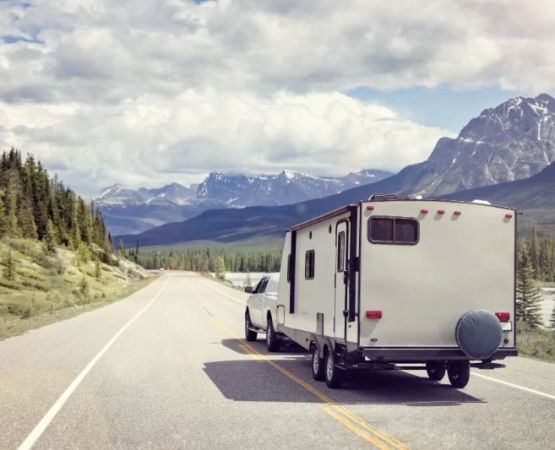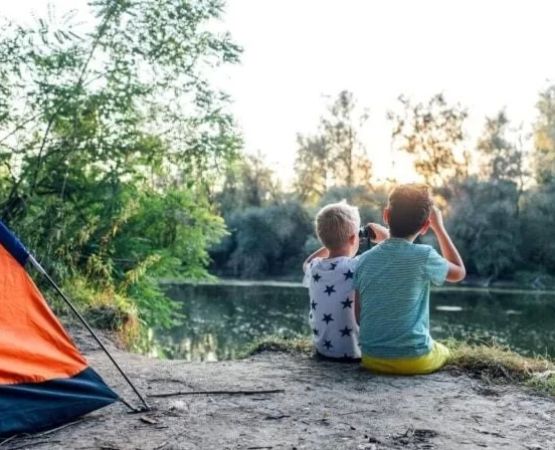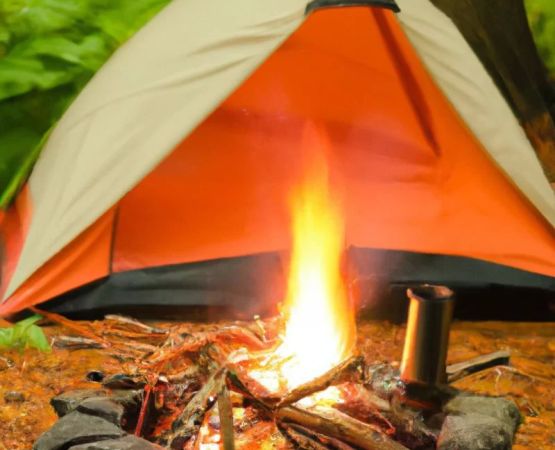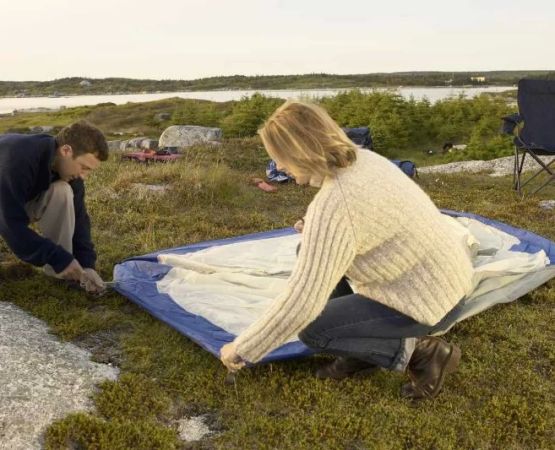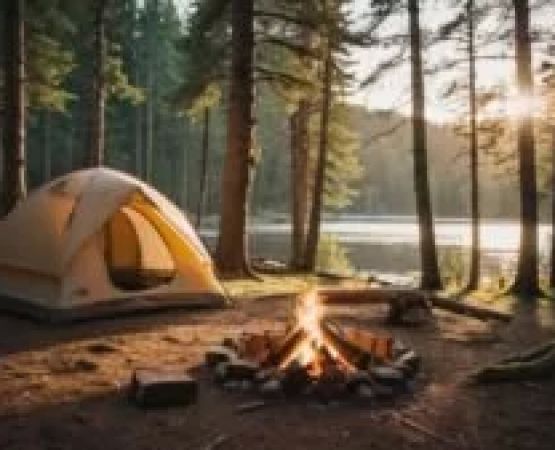How to Choose Eco-Friendly Camping Locations Near Nature Reserves
Last summer, I set out on a mission: to find the most peaceful, eco-conscious camping sites near some of the most breathtaking nature reserves in the U.S. I’ve always loved the outdoors, but lately, I’ve become more aware of how our adventures can impact the fragile ecosystems we claim to love. So I began making changes, starting with how I camp. This journey turned into one of the most eye-opening experiences of my life—and I’m excited to share what I’ve learned along the way.
1. Researching Nature-Friendly Campgrounds
Before hitting the road, I spent hours online comparing sites, not just for their views, but for their values. The best eco-friendly campgrounds near nature reserves are usually certified by environmental organizations or operate under state or federal conservation guidelines. I looked for places that used solar power, composting toilets, and offered educational programs about local wildlife.
1.1. Look for Environmental Certifications
One of the campgrounds I visited in Colorado proudly displayed its Green Campsite Certification from the Leave No Trace Center for Outdoor Ethics. That instantly told me they prioritized sustainability. They even had recycling bins at every corner and taught kids how to track animals without disturbing them.
1.2. Prioritize Locations Adjacent to Protected Lands
I learned that campgrounds located on the borders of national parks or wildlife preserves often follow stricter regulations. When I stayed near the Grand Tetons, the staff shared how they worked with biologists to minimize light pollution and protect local elk migration routes. It felt good knowing I wasn’t just observing nature—I was respecting it.
2. Evaluating Eco-Friendly Amenities
Eco-camping isn’t just about where you sleep—it’s also about how the site is built and maintained. I noticed major differences between traditional campgrounds and the ones committed to green living. The sustainable ones always had thoughtful touches, from native plant landscaping to greywater recycling systems.
2.1. Sustainable Water and Energy Use
One site in Oregon had showers powered by solar-heated water and encouraged guests to limit usage. Another used harvested rainwater for flushing toilets. I loved seeing wind turbines in the distance, gently spinning above a campsite that felt both modern and primitive in the best way.
2.2. Waste Reduction Measures
Nothing ruins the vibe of camping near a pristine lake like stumbling across a pile of trash. That's why I was impressed when a New Mexico site provided reusable food containers and a centralized compost station. They even hosted a “zero-waste challenge” each weekend. I didn’t win, but I learned a lot—and left with a smaller carbon footprint than ever before.
3. Immersive Natural Experiences Without the Impact
Being close to nature doesn’t mean trampling it. I discovered that eco-friendly sites often have well-maintained boardwalks and designated trails to minimize erosion and protect plant life. I remember walking through a wetland boardwalk in Florida, surrounded by birdsong, and not a single soda can in sight.
3.1. Guided Tours with Environmental Focus
At a campsite near Yosemite, I joined a ranger-led night hike focused on bat habitats. We used red light flashlights, and the guide explained how even our voices can disturb the natural rhythm of animals. That night, I fell asleep under the stars, knowing I had experienced something magical without causing harm.
3.2. Respectful Wildlife Viewing
At every eco-site I visited, they discouraged feeding animals and educated campers about the dangers of food waste. I met a fellow camper who once accidentally attracted a bear by leaving out trail mix. Since then, she’s been an advocate for bear-safe lockers and biodegradable trash bags. We shared stories, laughter, and a mutual respect for the wild.
4. Engaging the Local Community and Culture
Sustainable travel includes supporting local communities. One of my favorite camping experiences was at a reservation-run campground near the Badlands. They offered cultural programs like stargazing storytelling and traditional cooking classes. Not only did I get to enjoy the land, but I also gained deeper insight into the people who’ve called it home for generations.
4.1. Buying Local Supplies
Instead of hitting big box stores, I shopped at local co-ops for firewood and groceries. It wasn’t just the right thing to do—it also led me to discover the best homemade blueberry granola I’ve ever tasted. Supporting small, eco-conscious businesses felt like extending the camping experience beyond the tent.
4.2. Volunteering Opportunities
Some of the campsites I stayed at had weekend programs where campers could pitch in with trail maintenance or wildlife surveys. I signed up for one in Arizona, and while my calves were sore for days, the reward was in the knowledge that I’d given back to the land that had given me so much peace.
5. Planning for Minimal Impact Every Step of the Way
My final lesson? Eco-friendly camping starts before you even leave home. I began packing lighter, choosing gear made from recycled materials, and mapping out my gas stops to minimize emissions. I brought a reusable water filter, solar lanterns, and left the Bluetooth speaker behind in favor of birdcalls and breezes.
5.1. Smart Packing for Green Adventures
I switched from disposable items to multi-use ones—like bamboo utensils and collapsible cookware. Not only did I save space, but I felt more connected to the principles of minimalism. Nature gives us so much, and the less we take, the more we seem to receive.
5.2. Leaving Campsites Better Than You Found Them
Every time I left a site, I walked the grounds to pick up stray trash—even if it wasn’t mine. It became a ritual. A way of saying thank you to the forest, the desert, the riverbanks. A way of honoring the privilege it is to sleep beneath stars and wake up to birdsong.
Choosing eco-friendly camping near nature reserves changed how I see the world—and how I move through it. It's not just a trend; it's a commitment to protect the very beauty that draws us outside in the first place.


